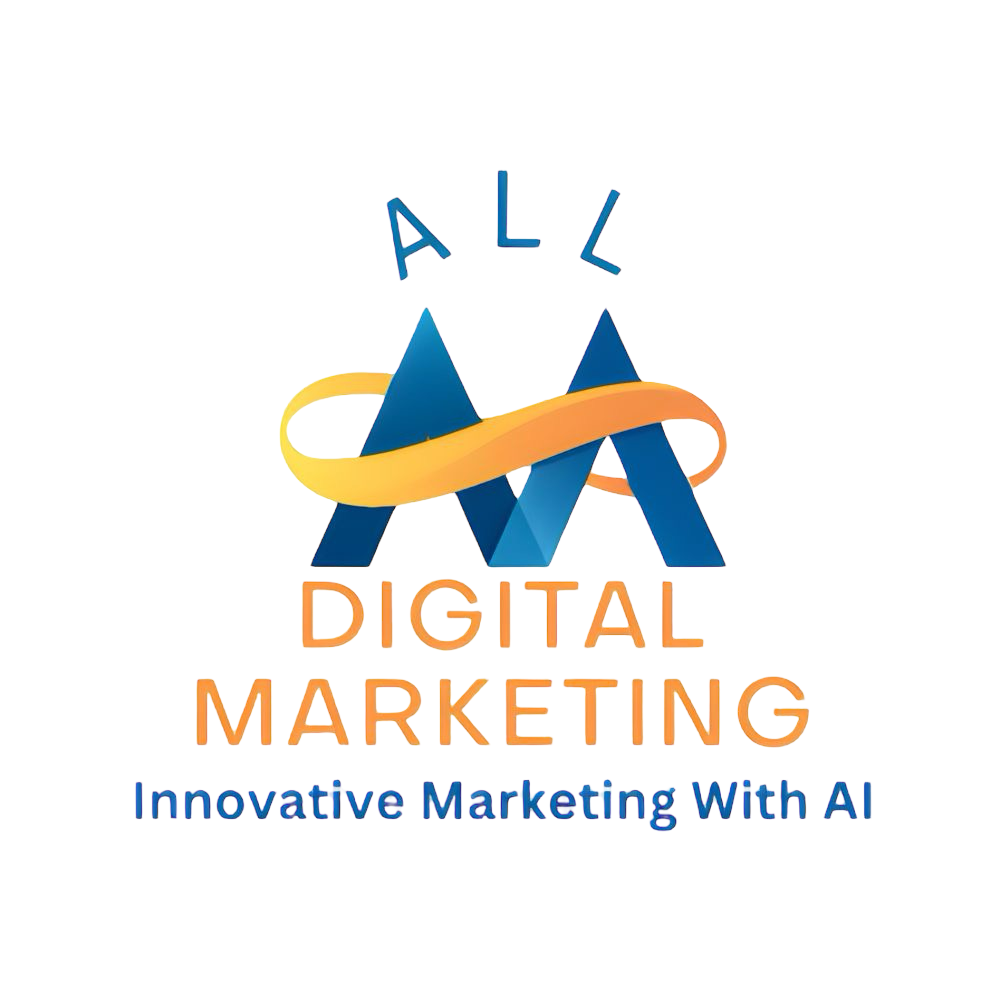Boring copy doesn't convert. That's why we've scoured the web for the most creative, compelling, and conversion-boosting call-to-action (CTA) phrases we could find. The result? This handy guide of 42 CTA examples for every offer type and tone, including real & relatable phrases, subtle but smart statements, bold & clever buttons, and lots more.
Stop boring your audience and start inspiring them to take action. Use these CTAs for your ads, popups, landing pages, forms, home page, and more!

Key Takeaways:
- Effective CTAs are crucial for converting visitors into customers
- The best CTAs are clear, action-oriented, and create a sense of urgency
- Personalization and emotional appeal can significantly boost CTA performance
- Testing different CTA variations can help optimize conversion rates
- CTAs should be tailored to your specific audience and offer
What is a Call to Action (CTA)?
Before we dive into the best CTA phrases, let's clarify what a CTA is for those who might be new to marketing. A call to action is a prompt that encourages your audience to take a specific action. It's usually a short phrase or button that guides users towards your desired outcome, whether that's making a purchase, signing up for a newsletter, or downloading a free resource.
Why are CTAs Important?
CTAs are the bridge between your content and conversion. They provide clear direction to your audience and can significantly impact your conversion rates. In fact, according to a study by WordStream, emails with a single call-to-action increased clicks by 371% and sales by 1617%.
The 42 Best Call to Action Phrases
1. "Get Started Now"
Why it works: This CTA creates a sense of immediacy and implies an easy process.
2. "Try It Free"
Why it works: It removes the risk factor for potential customers, encouraging them to give your product or service a chance.
3. "Join X Others"
Why it works: This leverages social proof, showing that others have already taken action.
4. "Limited Time Offer"
Why it works: It creates a sense of urgency and plays on the fear of missing out (FOMO).
5. "Claim Your Free Trial"
Why it works: The word "claim" implies ownership, making the offer feel more personal.
6. "Learn More"
Why it works: It's non-committal and appeals to the curious visitor who wants additional information before making a decision.
7. "Sign Up – It's Free"
Why it works: This CTA emphasizes the lack of cost, reducing barriers to entry.
8. "Download Now"
Why it works: It's clear and action-oriented, perfect for offering free resources.
9. "Add to Cart"
Why it works: A classic e-commerce CTA that's clear and to the point.
10. "Yes, I Want X!"
Why it works: This enthusiastic CTA aligns the user's desires with your offer.
11. "Reserve Your Spot"
Why it works: It creates a sense of exclusivity and scarcity.
12. "Get X% Off Now"
Why it works: It clearly communicates the value proposition and encourages immediate action.
13. "Start Your Free X-Day Trial"
Why it works: It specifies the trial duration, setting clear expectations.
14. "Join the Waitlist"
Why it works: This CTA creates a sense of exclusivity and anticipation.
15. "See Plans and Pricing"
Why it works: It's transparent and appeals to users who are closer to making a purchase decision.
16. "Unlock Your Potential"
Why it works: This emotionally appealing CTA speaks to personal growth and improvement.
17. "Get the Guide"
Why it works: It's specific about what the user will receive, great for downloadable content.
18. "Find Out How"
Why it works: It piques curiosity and promises valuable information.
19. "Take the Quiz"
Why it works: This interactive CTA engages users and provides personalized results.
20. "Schedule a Demo"
Why it works: It's perfect for B2B offerings, providing a low-pressure way to learn more.
21. "Shop the Sale"
Why it works: It clearly communicates a shopping opportunity with potential savings.
22. "Join Our Community"
Why it works: This CTA appeals to the human desire for belonging and connection.
23. "See It in Action"
Why it works: It promises a demonstration, which can be more convincing than text alone.
24. "Start Saving Today"
Why it works: It emphasizes immediate benefits, great for financial products or services.
25. "Get Instant Access"
Why it works: This CTA appeals to the desire for immediate gratification.
26. "Claim Your Spot"
Why it works: Similar to "Reserve Your Spot," it creates a sense of exclusivity.
27. "Yes, Send Me Updates!"
Why it works: It's enthusiastic and clearly communicates what the user is signing up for.
28. "Upgrade Now"
Why it works: This CTA is perfect for encouraging existing customers to move to a higher tier.
29. "Add to Wishlist"
Why it works: It's a low-commitment way for users to save items they're interested in.
30. "Get a Free Quote"
Why it works: It offers something of value without any obligation.
31. "Start Your Journey"
Why it works: This emotionally appealing CTA frames the action as the beginning of something significant.
32. "Join the Movement"
Why it works: It appeals to those who want to be part of something bigger than themselves.
33. "Secure Your Seat"
Why it works: Great for event registrations, it implies limited availability.
34. "Activate Your Account"
Why it works: It's clear and action-oriented, perfect for new user onboarding.
35. "Get Certified"
Why it works: This CTA appeals to those looking to enhance their professional credentials.
36. "See What's New"
Why it works: It piques curiosity and is great for announcing new products or features.
37. "Find Your Perfect Match"
Why it works: This personalized CTA promises a tailored solution or product.
38. "Start Creating"
Why it works: It's inspiring and action-oriented, great for creative tools or platforms.
39. "Donate Now"
Why it works: Clear and urgent, it's perfect for non-profit organizations.
40. "Book Your Adventure"
Why it works: This emotionally appealing CTA is great for travel or experience-based offerings.
41. "Transform Your X"
Why it works: It promises significant positive change, appealing to desire for improvement.
42. "Join X+ Satisfied Customers"
Why it works: It combines social proof with an invitation to join a successful group.
See How Digital Marketing All Can Drive More Traffic to Your Website
- Brand Voice Strategy – Let our team help you create your brand voice to attract your ideal customer.
- Keyword Weak Spot Report – Let our team show you where you can gain additional traffic that you are missing.
- SEO - unlock more SEO traffic. See real results.
- Content Marketing - our team creates epic content that will get shared, get links, and attract traffic.
- Paid Media - effective paid strategies with clear ROI.
Tips for Creating Effective CTAs
- Be Clear and Specific: Your CTA should clearly communicate what will happen when someone clicks it. For example, "Download Your Free E-book" is more specific and effective than just "Click Here".
- Create a Sense of Urgency: Words like "now," "today," or "limited time" can encourage immediate action. For instance, "Shop the Sale – Ends Tonight!" creates more urgency than simply "Shop the Sale".
- Use Action-Oriented Verbs: Start your CTA with strong verbs like "get," "start," "discover," or "learn." "Start Your Free Trial" is more compelling than "Free Trial Available".
- Keep it Short: Aim for 2-5 words for button CTAs and no more than 7 words for text links. "Sign Up Now" is more effective than "Click Here to Sign Up for Our Newsletter".
- Make it Stand Out: Use contrasting colors, white space, and strategic placement to make your CTA noticeable. A bright orange "Buy Now" button on a predominantly blue page will catch the eye.
- Personalize When Possible: Using "my" or "your" can make the CTA feel more personal and increase conversions. "Claim Your Free Gift" feels more personal than "Claim Free Gift".
- A/B Test Your CTAs: Experiment with different phrases, colors, and placements to find what works best for your audience. You might find that "Start Your Journey" outperforms "Sign Up" for your specific audience.
FAQ
Q: How many CTAs should I have on a page?
A: It depends on the page's purpose, but generally, having one primary CTA and 1-2 secondary CTAs is a good rule of thumb. For example, a product page might have "Add to Cart" as the primary CTA, with "Add to Wishlist" and "Learn More" as secondary CTAs.
Q: Should my CTA be above the fold?
A: While it's often beneficial to have a CTA above the fold, the best placement depends on your specific offer and audience. For complex or high-commitment offers, placing a CTA further down the page after you've built value can be more effective. Test different placements to find what works best.
Q: Can I use the same CTA across all my marketing channels?
A: While consistency is important, it's best to tailor your CTAs to each specific channel and audience. What works on a landing page might not be as effective in an email or social media post. For instance, "Learn More" might work well on a Facebook ad, while "Shop Now" could be more effective on an email promoting a sale.
Q: How can I make my CTA more compelling?
A: Focus on the value proposition for the user. Instead of "Submit," try "Get My Free Guide." Instead of "Sign Up," use "Start Saving Today." Always emphasize the benefit to the user rather than the action they need to take.
Q: Should I use first-person or second-person in my CTAs?
A: Both can be effective, but some studies suggest that first-person CTAs can perform better. For example, "Start My Free Trial" instead of "Start Your Free Trial." However, as with all aspects of marketing, it's best to test this with your specific audience.
I hope you enjoy reading this blog post. If you want my team to just do your marketing for you, click here.
 Add Row
Add Row  Add
Add 







